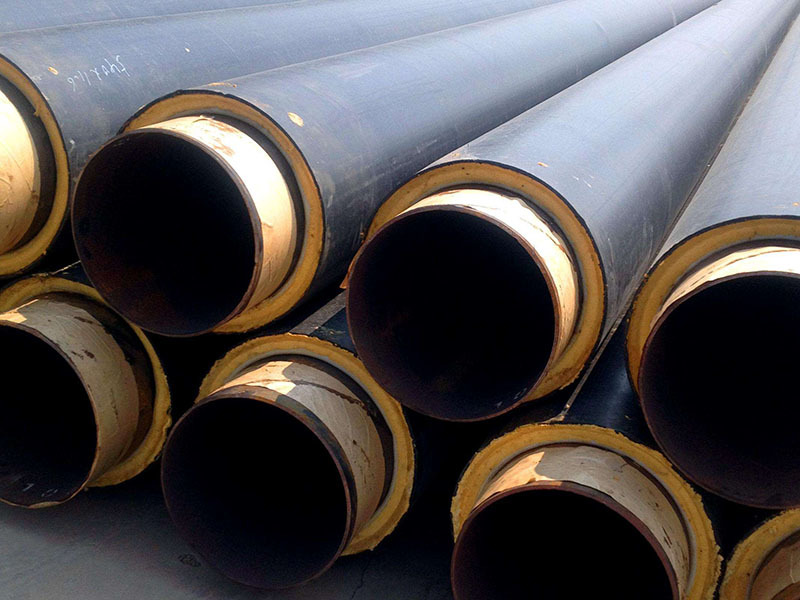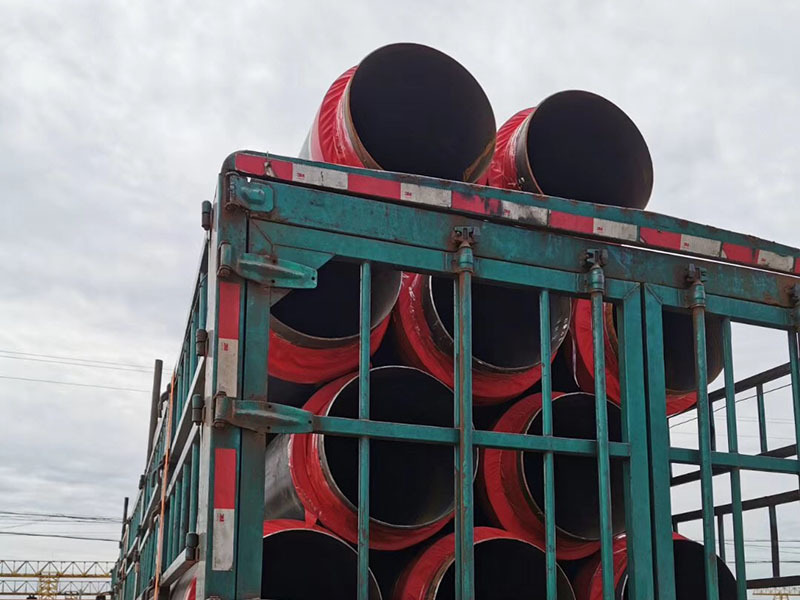Understanding the Importance of Insulating Heating Systems for Polyurethane Pipes: A Comprehensive Guide
Release time:
2025-05-23
Understanding the Importance of Insulating Heating Systems for Polyurethane Pipes Table of Contents Introduction to Polyurethane Pipes Benefits of Insulating Heating Systems Improved Energy Efficiency Long-Term Cost Savings Enhanced System Longevity Types of Insulation Materials for Polyurethane Pipes Fiberglas
Understanding the Importance of Insulating Heating Systems for Polyurethane Pipes
Table of Contents
- Introduction to Polyurethane Pipes
- Benefits of Insulating Heating Systems
- Types of Insulation Materials for Polyurethane Pipes
- Best Practices for Installing Insulation
- Maintenance of Insulated Systems
- Conclusion
- FAQs
Introduction to Polyurethane Pipes
Polyurethane pipes are gaining popularity in various industrial applications due to their exceptional durability, flexibility, and resistance to temperature fluctuations. These pipes provide an effective solution for transporting fluids, especially in heating systems. However, their efficiency can be significantly enhanced through proper insulation. Insulating heating systems with polyurethane pipes is crucial for energy conservation, reducing operational costs, and ensuring system longevity.
Benefits of Insulating Heating Systems
Insulating heating systems for polyurethane pipes yields numerous advantages that are beneficial for both operational efficiency and financial savings.
Improved Energy Efficiency
One of the primary benefits of insulation is the enhancement of energy efficiency. Insulation acts as a barrier, minimizing heat loss during the transportation of heated fluids. By reducing the thermal conductivity of the pipes, insulated systems maintain the desired temperature more effectively. This results in fewer energy requirements to heat the fluids, ultimately leading to lower utility bills. With rising energy costs, maximizing energy efficiency through insulation is a wise investment.
Long-Term Cost Savings
Insulating heating systems also leads to significant long-term cost savings. While the initial investment in insulation may seem substantial, the reduction in energy expenditure over time offsets these costs. Additionally, insulated systems often require less maintenance and repair due to decreased thermal stress on the pipes, which can extend their lifespan. This combination of lower energy bills and reduced maintenance costs results in substantial savings for businesses.
Enhanced System Longevity
Polyurethane pipes are designed to be robust, but insulation further protects them from environmental effects and temperature fluctuations. Insulation prevents condensation and reduces thermal expansion and contraction, which can lead to premature wear and tear. By minimizing these factors, insulation enhances the longevity of the entire heating system, allowing businesses to maximize their investments.
Types of Insulation Materials for Polyurethane Pipes
Selecting the appropriate insulation material is essential for optimizing heating systems. Various insulation materials offer unique benefits tailored to different applications.
Fiberglass Insulation
Fiberglass insulation is one of the most commonly used materials in insulating polyurethane pipes. It possesses excellent thermal resistance capabilities and is non-combustible, making it a safe option for many heating applications. Additionally, fiberglass insulation is relatively lightweight and easy to install, providing effective protection without significantly adding to the system's overall weight.
Foam Insulation
Foam insulation, including polyurethane foam, is another effective option. This material offers superior thermal insulation properties compared to fiberglass and can be applied in various forms, including spray foam and rigid boards. Foam insulation is particularly effective in minimizing thermal bridging, where heat can escape through structural components. This makes it a popular choice in both residential and industrial heating applications.
Reflective Insulation
Reflective insulation is designed to reflect radiant heat rather than absorbing it. This type of insulation is particularly effective in environments that experience high temperatures. It can be combined with other materials to enhance overall thermal performance. Reflective insulation is typically used in conjunction with other insulation types for increased efficiency.
Best Practices for Installing Insulation
Proper installation of insulation is crucial to ensure maximum efficiency and performance of the heating system.
Preparation for Installation
Before installation, it is essential to assess the heating system's layout and determine the most effective insulation strategy. This includes measuring the pipe diameters, identifying any potential obstacles, and selecting suitable insulation materials that meet the system's specifications. Thorough preparation helps streamline the installation process and ensures that all components are adequately insulated.
Insulation Techniques
Various techniques can be employed during insulation installation, including:
- **Wrapping**: For pipes with larger diameters, wrapping insulation around the pipes can provide optimal coverage.
- **Fitting Insulation**: Pre-cut insulation sleeves can be fitted around smaller sections of pipe for a snug fit.
- **Spray Application**: For irregular surfaces, spray foam can be applied to create a seamless, airtight barrier.
Regardless of the technique used, ensuring that all joints and seams are sealed is critical to avoid heat loss.
Maintenance of Insulated Systems
Regular maintenance is vital to ensure the longevity and efficiency of insulated heating systems. Inspections should be conducted periodically to check for any damage to the insulation or signs of moisture buildup. Addressing issues promptly can prevent larger problems and maintain optimal system performance.
Conclusion
In conclusion, insulating heating systems for polyurethane pipes is essential for achieving energy efficiency, long-term cost savings, and increased system longevity. By understanding the benefits of insulation, selecting the right materials, and following best installation practices, businesses can optimize their heating systems and contribute to more sustainable operations. Investing in insulation not only enhances the performance of heating systems but also leads to significant economic benefits over time.
FAQs
1. Why is insulation important for heating systems using polyurethane pipes?
Insulation reduces heat loss, enhances energy efficiency, and prolongs the lifespan of the heating system.
2. What types of insulation materials are best for polyurethane pipes?
Fiberglass, foam, and reflective insulation are commonly used materials, each offering unique benefits.
3. How can I ensure the proper installation of insulation around my heating system?
Proper preparation and selecting suitable insulation techniques are critical for effective installation.
4. How often should I inspect insulated heating systems?
Regular inspections should be conducted at least once a year or more frequently if there are signs of wear or damage.
5. What are the long-term financial benefits of insulating heating systems?
Insulation leads to reduced energy costs, lower maintenance expenses, and an extended lifespan for the heating system, resulting in significant long-term savings.
keyword:
Related News






